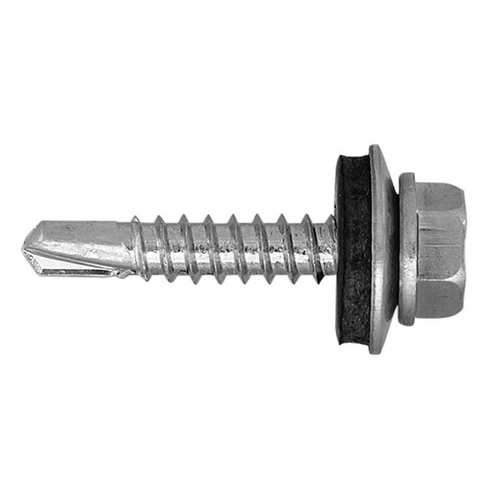Ceiling Drywall Screw Patterns for Optimal Installation Success and Durability Techniques
Understanding Drywall Screw Patterns for Ceiling Installation
When it comes to installing drywall on ceilings, the technique you employ can significantly affect the overall outcome and durability of the structure. One of the critical aspects of this installation process includes understanding the proper screw pattern for securing drywall. This article will explore why the screw pattern is essential, how to implement it effectively, and some best practices for achieving a professional finish in your drywall ceiling projects.
The Importance of Screw Pattern
Proper screw pattern is crucial for several reasons. First, it helps to prevent any sagging or cracking of the drywall after installation, ensuring that your ceiling remains smooth and intact for years to come. When drywall sheets are hung, especially on ceilings, gravity is constantly at play. The right screw pattern will distribute the weight evenly and provide the necessary support to withstand the forces acting against it.
Additionally, a well-planned screw pattern minimizes the chances of the drywall deforming or developing problems after finishing, such as tape or joint cracking. This is especially important in high-stress areas where the ceiling interacts with other structural elements.
Recommended Screw Patterns for Ceiling Installation
1. Screw Placement For standard 5/8-inch drywall sheets, screws should be placed at intervals of approximately 12 inches along the edges and every 16 inches in the field (the area away from the edges). This ensures that there is ample support to hold the drywall firm against the joists or furring strips.
2. Edge Screwing Begin by securing the edges of the drywall sheets. Each edge should have screws placed about 3/8 inch from the edge to prevent splitting while ensuring a solid grip on the underlying framework.
3. Field Screwing After securing the edges, focus on the field screws. Place screws in a staggered pattern within the field area to reduce the chances of the drywall bowing. The staggered layout helps distribute weight evenly, reducing stress concentrations on any single point.
drywall screw pattern for ceiling company

4. Material Considerations If you opt for lightweight drywall, make sure to adjust your screw spacing accordingly, as different materials may require variations in placement.
Best Practices for Installing Ceiling Drywall
- Use the Right Tools A drywall screw gun is highly recommended for ceiling installations. This tool delivers consistent depth and reduces the risk of overdriving screws, which can damage the drywall surface.
- Check for Level Always double-check that your ceiling is level before installation. Any discrepancies can lead to uneven screw patterns and ultimately affect the look of your finished ceiling.
- Work in Sections Depending on the size of the room, it may be beneficial to work in sections. This prevents fatigue and ensures you maintain focus on the screw pattern and spacing.
- Inspect Your Work After you finish hanging the drywall, take the time to inspect your screw pattern. Look for any visible gaps or spots where screws may be missing. Addressing these areas early can save you a lot of work later during the finishing stages.
Conclusion
Mastering the proper drywall screw pattern for ceiling installation is essential for creating a stable and lasting finish. By understanding where and how to place screws, you can ensure that your drywall installation stands the test of time. With the right technique, tools, and attention to detail, you’ll be well on your way to achieving a professional-quality ceiling that enhances the beauty and functionality of any room. Remember, the foundation of any great drywall finish begins with solid preparation and execution!
-
Top Choices for Plasterboard FixingNewsDec.26,2024
-
The Versatility of Specialty WashersNewsDec.26,2024
-
Secure Your ProjectsNewsDec.26,2024
-
Essential Screws for Chipboard Flooring ProjectsNewsDec.26,2024
-
Choosing the Right Drywall ScrewsNewsDec.26,2024
-
Black Phosphate Screws for Superior PerformanceNewsDec.26,2024
-
The Versatile Choice of Nylon Flat Washers for Your NeedsNewsDec.18,2024










